How to flash a document according to the guest
In order to hand over important papers to an archive or a bank, to submit a report to a tax or other financial organization, it is necessary to flash the documents. Such a registration procedure is due to practical reasons that ensure the impossibility of accidental loss of individual sheets, as well as security measures. It is worth figuring out how to properly flash a multi-page document.
Legislative rationale
To date, there are no general regulatory principles for linking documentation in accordance with GOST. The main standard GOST R 51141-98 "Office work and archiving", which contains terminological definitions of document flow, does not regulate the procedure for flashing official papers.
Among the normative acts that should be relied upon when preparing materials for state bodies, the following stand out:
- recommendations of the Federal Archives No. 76 of December 23, 2009;
- Order of the Ministry of Culture No. 536 dated November 8, 2005 on standard principles for office work;
- guidance of the Central Bank on the maintenance and execution of business materials;
- rules of the Federal Tax Service, approved on April 18, 2003, describing the procedure for filling out and binding certain types of documents.
Due to the lack of strict regulation in the matter of office work, when preparing the required reports, it becomes necessary to study the recommendations of the very institution where the papers will be sent. In addition, when registering a private enterprise or legal entity with a government agency, applying for a tender, or transferring materials for archival content, it is necessary to follow the instructions prescribed by the federal government when flashing.
Photos of how to properly flash documents in accordance with GOST will be posted below. Some highly specialized firmware information will also be affected. For example, how to properly flash documents for tax.
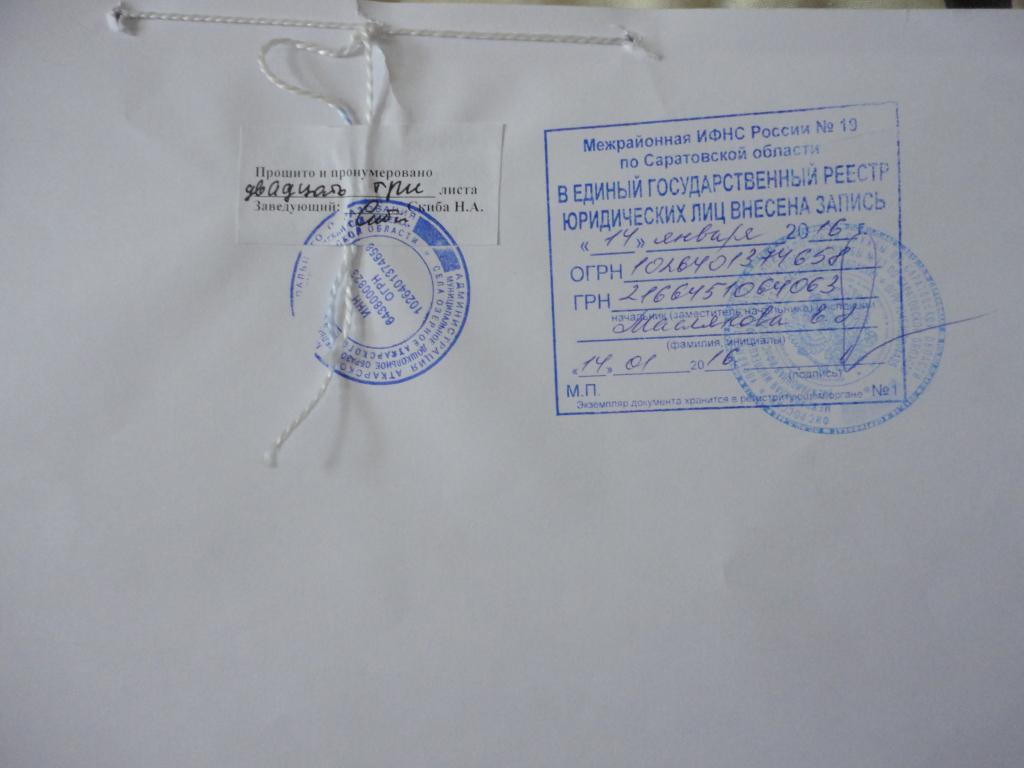
Types of documentation requiring filing
It is important to take into account that it is necessary to flash only certain types of documents, the content of which is located on more than one sheet, intended for registration, regulatory authorities, including tax authorities. Firmware is also mandatory when forming tender materials and folders to be archived.
Before analyzing how to properly stitch and staple documents, it is important to find out the types of papers that need a special preparation procedure before being transferred to government and other bodies:
- archival documentation (materials prepared for deposit);
- incoming and outgoing papers;
- accounting reports (advance, turnover sheets, invoices, acts of work performed, cash books, waybills, etc.);
- personnel decisions (orders, staff list);
- documents sent to the tax authority (certain types), pension fund for verification;
- copies of documents, notarized and certified.
Office work is a complex and painstaking process that requires certain knowledge and skills. It is more convenient to bring the stitched documentation into the system, as well as store it. Carefully fastened sheets are almost impossible to discreetly replace or remove from the folder, so the risks of falsification or loss of important information are minimized.
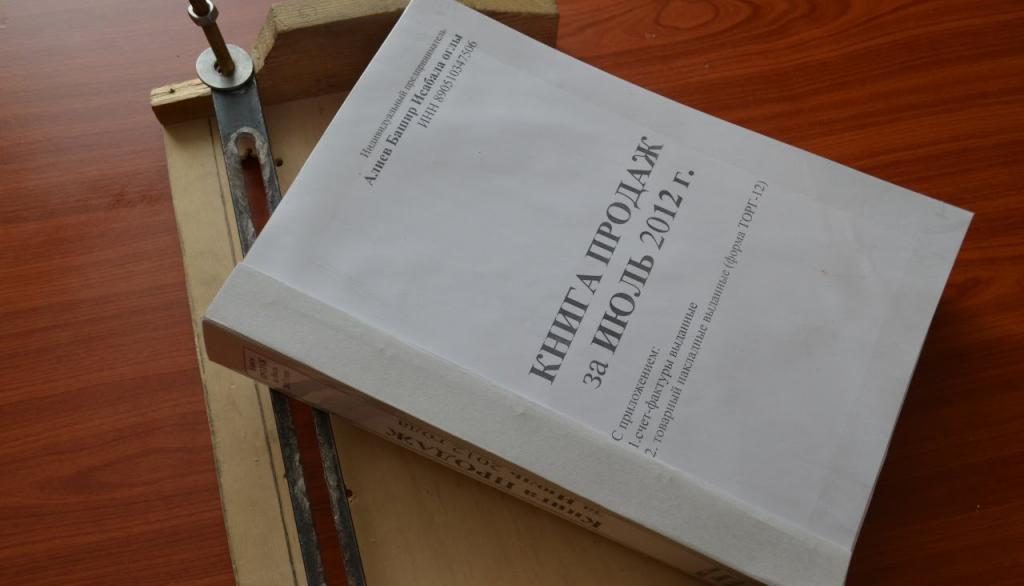
Cover design
Before you properly flash the document, you need to prepare all the necessary materials. A cardboard cover is required for each individual folder. Covers include:
- standard, which have a size of 22.9 by 32.4 cm, used for standard papers;
- non-standard, used for sheets of a larger format other than A4;
- long-term storage - made of more durable material and can have an arbitrary shape (calculated for documents with a shelf life of more than 25 years).
Acid-free cardboard is used for delivery to government agencies. The covers indicate the identification information necessary for quick and easy search of the folder among other materials. First of all, the name of the institution, division, wording of the name of the materials is prescribed. The given case index, storage periods, folder number are also fixed. Below is the total number of sheets and the date of formation of the binder.

Description of the document
Descriptive information revealing the content and timing of the stitched documents is mandatory. It notes the name of the document, the date of lacing the case, the period of storage. In addition, the inventory is accompanied by an annotation, which is an explanatory note in which all the points of the content of the material are highlighted, pages are indicated according to the list of topics, and the reason for storing these papers is also noted. At the end, the personal data of the authorized person responsible for filing is recorded.
The description is not included in the general numbering. Most often, the inventory is filed together with the folder or glued onto the cover from the back (in some cases it is located in a special folder for inventories).
The volumes matched with the inventory are stacked and tied into piles 20 cm high. The materials are sorted in ascending order of numbers. Then the cases can be left stored in a special structural department or transferred to the archive staff. After the expiration of the period for keeping materials in the archive, they are destroyed in accordance with the established procedure.
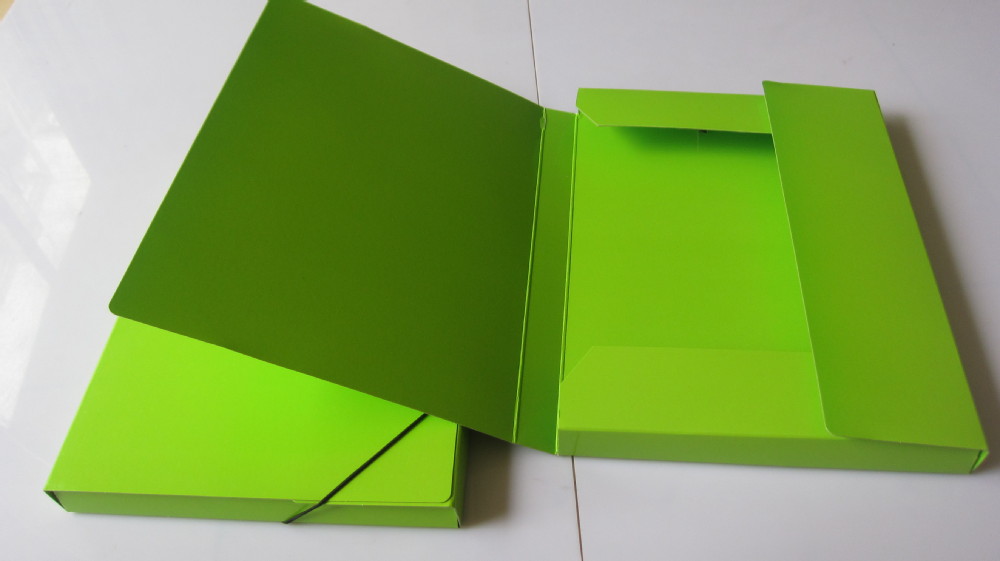
Sheet numbering rules
How to stitch and count sheets in a stitched document? The numbering process does not cause serious problems for the clerk. Numbering is done in black pencil. The use of ink is not allowed. The basic principles for the correct indication of the number are as follows:
- in the designation process, Arabic numerals are used (very rarely - Roman ones);
- numbers are in ascending order;
- sheets are numbered, not pages (although pagination may also be present separately);
- numbers should be located at the top of the page in the right corner;
- symbols cannot be superimposed on the text;
- applications are numbered in a common list with the main document (provided that the application is not allocated in a separate folder).
Materials for firmware are always laid out according to chronology: from the earliest to those that were formed recently.
If there is a letter in the file, it is necessary to start numbering it from the envelope, and then recount the sheets contained in it. When there are several volumes, each of them is numbered separately. Large-format materials are numbered in the upper right corner, folded two or three times, and then stapled at one end.
In the case when there is not one, but several different documents (checks, forms) on the sheet, an inventory of these fragments is compiled, and the sheet is numbered in the usual sequence. However, if there are papers glued together, each sheet must be numbered separately with inclusion in the general inventory.
When making mistakes when counting and writing the correct sequence, the missing numbers are allowed to be numbered using the number from the previous sheet with the addition of a letter to it (for example, 11 and then 11a, 11b).
When the numbering is missing or seriously violated, it is necessary to rewrite the sheet numbers again. The wrong number is crossed out and the correct number is put next to it. If the firmware has already been sealed with an attestation, corrections are also made in it.
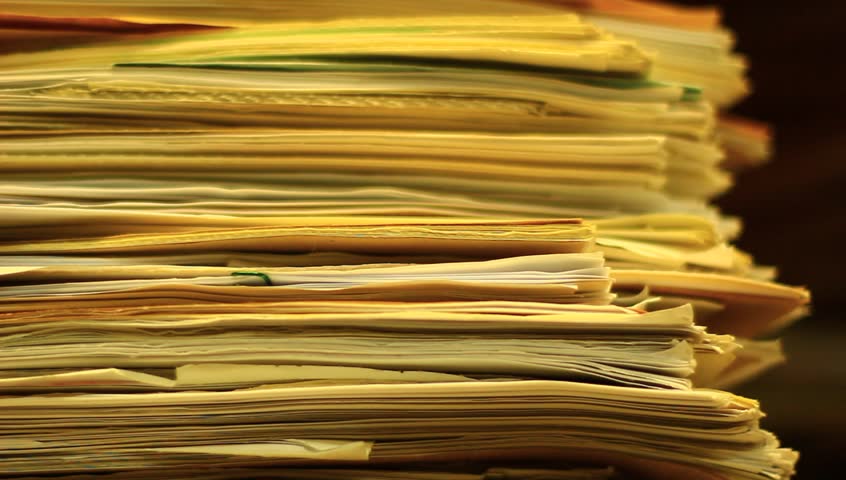
Hemming methods
There are several ways to properly flash a document:
- With a needle and thread. This option is used in cases where it is necessary to issue a small filing. Stitching is done with two punctures, a thread is threaded through the holes formed, the ends of which are fastened on the back of the document. A piece of paper with an inscription certified by a seal is pasted onto the knot.
- Using a hole punch (awl) and thread. How to flash documents with a hole punch? This method is the most acceptable when it comes to larger quantities of materials. In this case, the cover of the document is not subjected to firmware.
- Hole punch for eyelets and cord. How to flash a document with a hole punch for eyelets? Fittings made of metal or plastic material may be used for processing documents that have a shelf life of not more than 10 years. For archival content, this method is practically not used, with the exception of a storage period of up to 5 years.
- Using a drill (screwdriver). The use of tools is justified when it is required to lace very large volumes. In this case, the materials are connected with a sufficiently thick rope or tape. In this case, most often it is necessary to flash the cover along with the case.
- On a binding machine and an autonumberer. This option is available only in printing houses for stitching large and large material.
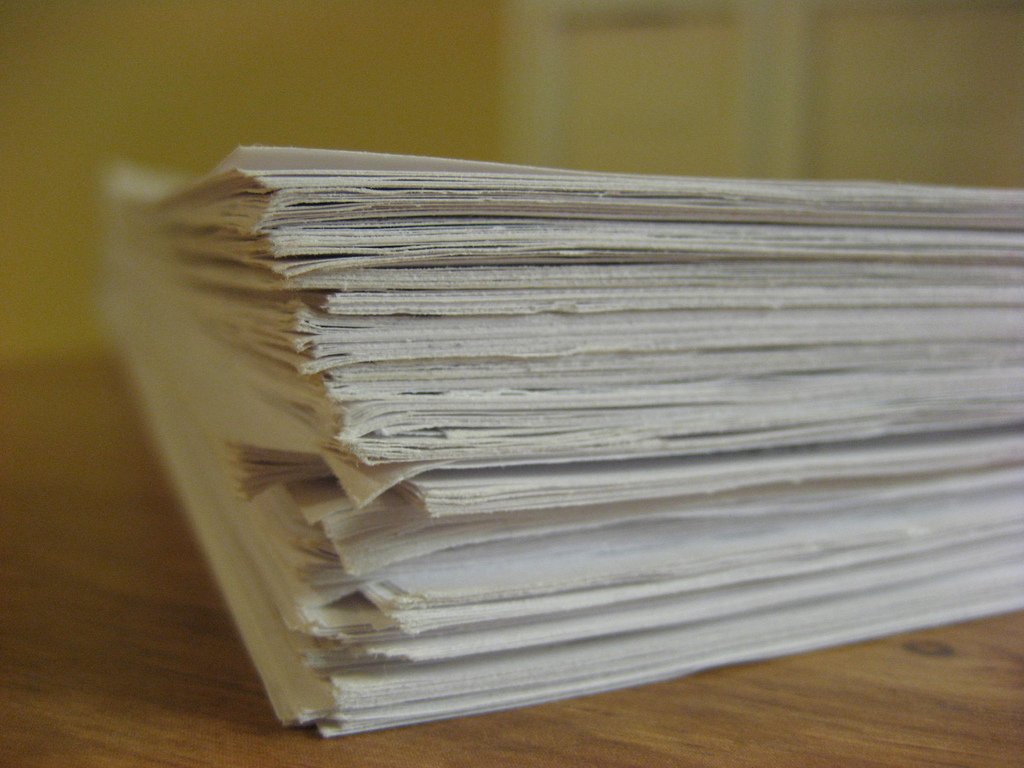
Firmware order
Usually, the preparation of documentation is handled by a specialist endowed with the functions of a clerk in accordance with the order of the institution or his job descriptions. How to flash a document step by step? The procedure for flashing documents contains the following points:
- Arrange documents by date and page number in the correct sequence, face up.
- Removal of any foreign parts from prepared materials: staples, braces, etc.
- Laying all sheets in an even stack (if there are a large number of sheets, a specific device is used).
- Making holes (they should not go beyond the margins where the text is located, and should be located 1.5 cm further from the edge of the sheet). For standard documents, 3 punctures are made (sometimes 4), for important papers, 5 must be made. The central hole will be located in the middle, the other holes will be in the interval of 3 cm each.
A suitable thread is threaded into the resulting punctures (if the thread is thin, then it is skipped twice), the ends of which are fixed with a knot on the back of the file. A rectangular sheet (4 by 8 cm) is attached over the knitted threads so that the ends remain visible. The sticker indicates the number of numbered and laced sheets and the data of the employee who performed the stitching.
How to flash RB documents correctly? Just as described in the article above.
Certification inscription
This procedure is mandatory and is carried out after flashing and numbering of all material. The certification inscription is a small piece of paper attached to a thread knot on the back of the firmware.
This paper indicates the number of stitched sheets (required in words and numbers). In addition, it is necessary to indicate whether there are damaged / damaged sheets in the file.
The personal data of the person in charge who carried out the stitching of the materials are recorded, and his signature is also put. The stamp of the institution is placed over the inscription. The seal should cover the inscription itself and go to part of the sheet.
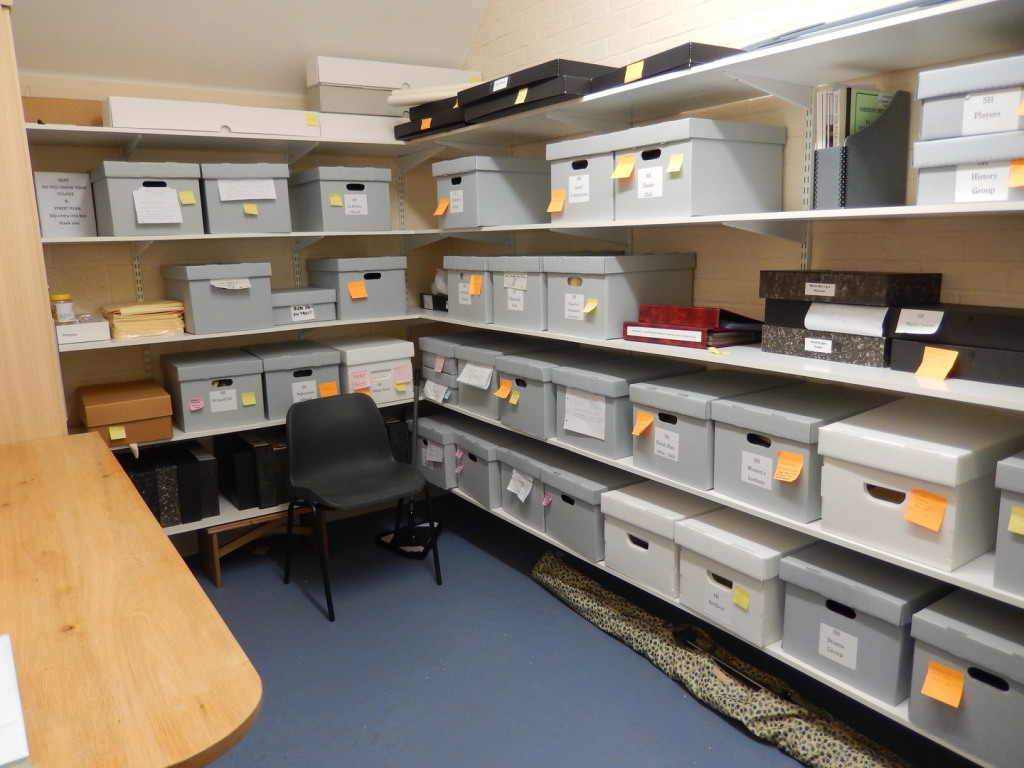
Firmware for the archive
Material for archiving requires adherence to certain instructions on how to properly flash a document. Before you start stitching the paper, you must remove all unnecessary fasteners, hooks or other elements that interfere with the firmware. The entire list of sheets is arranged in order, the stack is formed even on all sides.
How to flash documents for the archive?
For standard documents, three punctures are made using a special needle or awl. The holes are located at the same distance from each other (three centimeters), starting from the central one, which should be located exactly in the middle of the sheet.
Stitching of materials is carried out on the left side of the stack. An indent (one and a half centimeters) is required from the edge of the sheet, as well as from the text part of the document. The thread used for threading should be strong and be about 70 centimeters. Initially, the lacing starts from the center hole at the end of the document and stretches until the remaining tail of the thread is 15 centimeters. Then the needle is inserted into the uppermost puncture, stretched to the lower hole and again into the central one. Ultimately, a knot is tied with ends of at least 6-8 centimeters. A verification sheet is glued over the formed knot.
Materials of permanent storage for a period of more than 10 years are transferred to the archive according to the inventory. It is certified by a certification inscription, which implies an indication of the total number of cases, their license plates (written in words and numbers), the date and signatures of the participants in the acceptance and transmission of documents are placed below.
It turned out that there are not so many regulations on how to properly flash documents for the archive. The main thing is to strictly adhere to them.

Formation of documents for the tax
How to flash and seal documents for the Federal Tax Service? The preparation of papers in this institution practically does not differ from standard standard processes, for which the above recommendations are described in detail. However, there are still some differences from the firmware of materials transferred to the archive. Official documents are sewn together with a special thread or twine. In the usual manner, 3 holes are made, 5 are necessary for accounting reports. Stitched papers are sealed with a strip of 3 by 5 cm, which is glued over a tied knot of threads.
Although recently for applications and constituent documents submitted to the Tax Service, filing is not required. Of course, this is to some extent a plus: there will be more free time that can be spent with greater benefit.
After a year after the completion of cases, the materials are handed over to the archive of the office. If this is not available, then they are transferred to state or municipal storage. On average, notarial documentation is kept for up to 75 years.
One of the most important requirements for stitched documents is inviolability. Therefore, in case of omission of any sheet or material, it will not work just to insert it. To do this, you will need to embroider the case and form it again or draw up the missed document separately. It is not allowed to add or remove sheets to a completely finished binder.
Now it’s clear how to properly flash and seal documents for tax or archive.
 Ready-made business plan with calculations using the example of a web studio
Ready-made business plan with calculations using the example of a web studio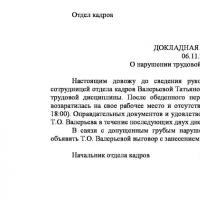 Registration of an internal memorandum: sample document and drafting rules
Registration of an internal memorandum: sample document and drafting rules Break even. Formula. Example of model calculation in Excel. Advantages and disadvantages
Break even. Formula. Example of model calculation in Excel. Advantages and disadvantages Advance report is ... Advance report: sample filling
Advance report is ... Advance report: sample filling How to stitch documents with threads by hand?
How to stitch documents with threads by hand?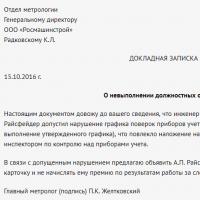 Disciplinary sanction for non-fulfillment of official duties
Disciplinary sanction for non-fulfillment of official duties Binding your book
Binding your book